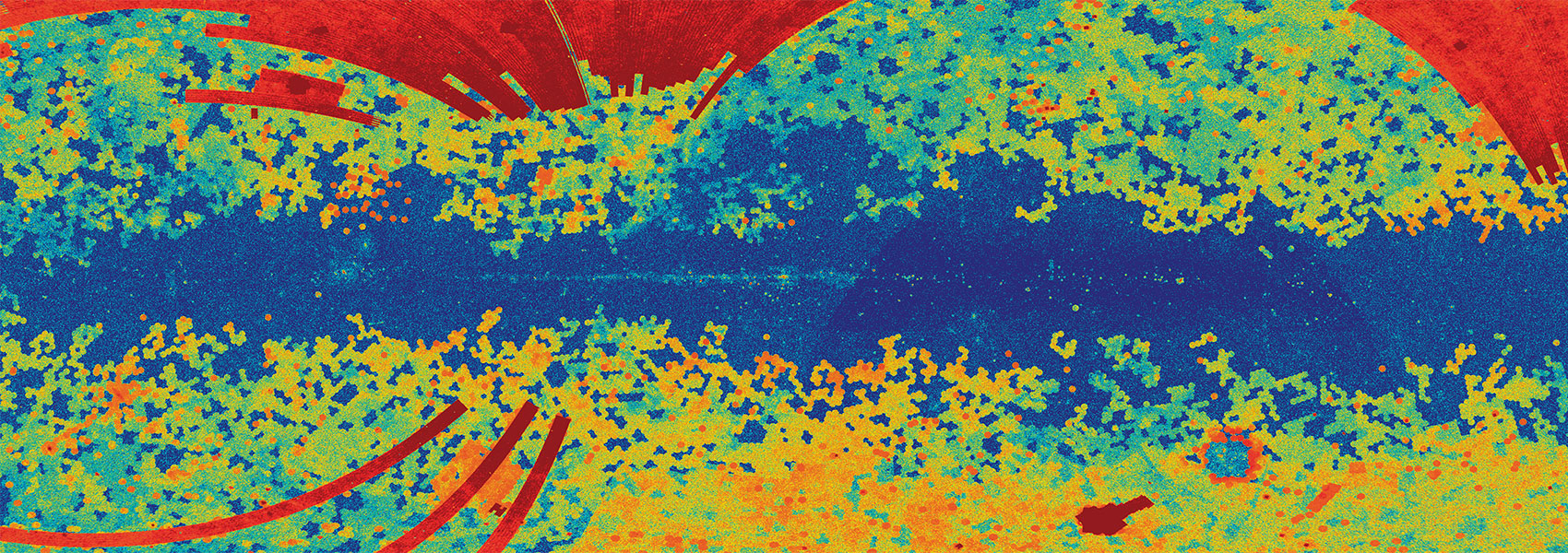September
2012
•
2012ApJ...756L..39B
Authors
•
Beatty, Thomas G.
•
Pepper, Joshua
•
Siverd, Robert J.
•
Eastman, Jason D.
•
Bieryla, Allyson
•
Latham, David W.
•
Buchhave, Lars A.
•
Jensen, Eric L. N.
•
Manner, Mark
•
Stassun, Keivan G.
•
Gaudi, B. Scott
•
Berlind, Perry
•
Calkins, Michael L.
•
Collins, Karen
•
DePoy, Darren L.
•
Esquerdo, Gilbert A.
•
Fulton, Benjamin J.
•
Fűrész, Gábor
•
Geary, John C.
•
Gould, Andrew
•
Hebb, Leslie
•
Kielkopf, John F.
•
Marshall, Jennifer L.
•
Pogge, Richard
•
Stanek, K. Z.
•
Stefanik, Robert P.
•
Street, Rachel
•
Szentgyorgyi, Andrew H.
•
Trueblood, Mark
•
Trueblood, Patricia
•
Stutz, Amelia M.
Abstract
•
We report the discovery of KELT-2Ab, a hot Jupiter transiting the bright (V = 8.77) primary star of the HD 42176 binary system. The host is a slightly evolved late F-star likely in the very short-lived "blue-hook" stage of evolution, with T eff = 6148 ± 48 K, log g = 4.030+0.015 - 0.026 and [Fe/H] = 0.034 ± 0.78. The inferred stellar mass is M * = 1.314+0.063 - 0.060 M ⊙ and the star has a relatively large radius of R * = 1.836+0.066 - 0.046 R ⊙. The planet is a typical hot Jupiter with period 4.1137913 ± 0.00001 days and a mass of MP = 1.524 ± 0.088 M J and radius of RP = 1.290+0.064 - 0.050 R J. This is mildly inflated as compared to models of irradiated giant planets at the ~4 Gyr age of the system. KELT-2A is the third brightest star with a transiting planet identified by ground-based transit surveys, and the ninth brightest star overall with a transiting planet. KELT-2Ab's mass and radius are unique among the subset of planets with V < 9 host stars, and therefore increases the diversity of bright benchmark systems. We also measure the relative motion of KELT-2A and -2B over a baseline of 38 years, robustly demonstrating for the first time that the stars are bound. This allows us to infer that KELT-2B is an early K dwarf. We hypothesize that through the eccentric Kozai mechanism KELT-2B may have emplaced KELT-2Ab in its current orbit. This scenario is potentially testable with Rossiter-McLaughlin measurements, which should have an amplitude of ~44 m s-1.
Links




